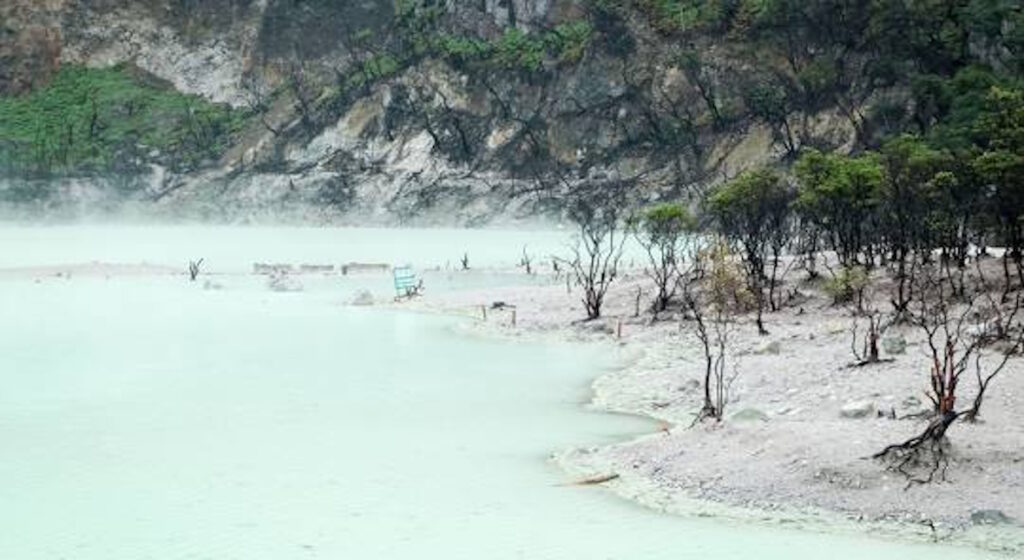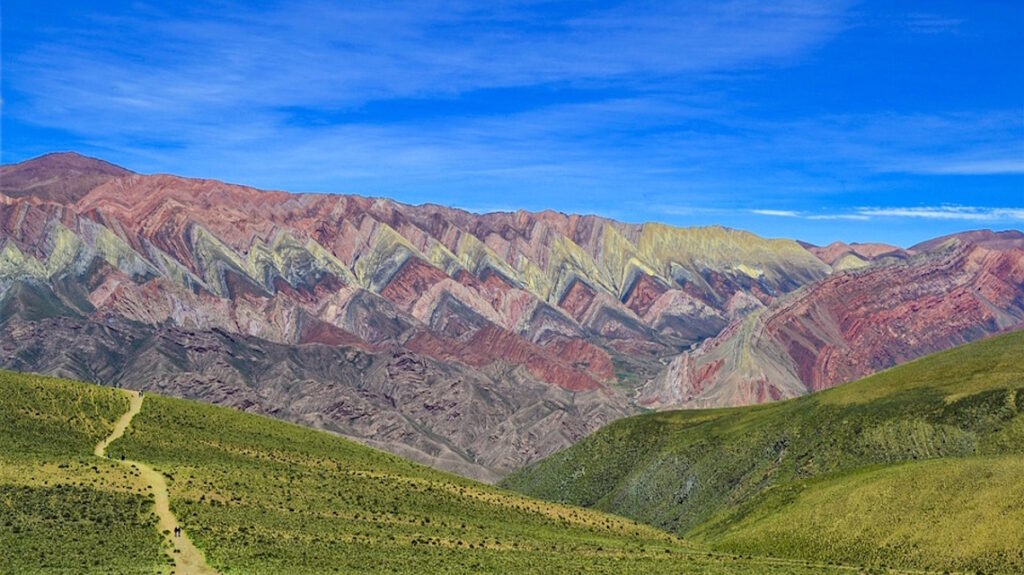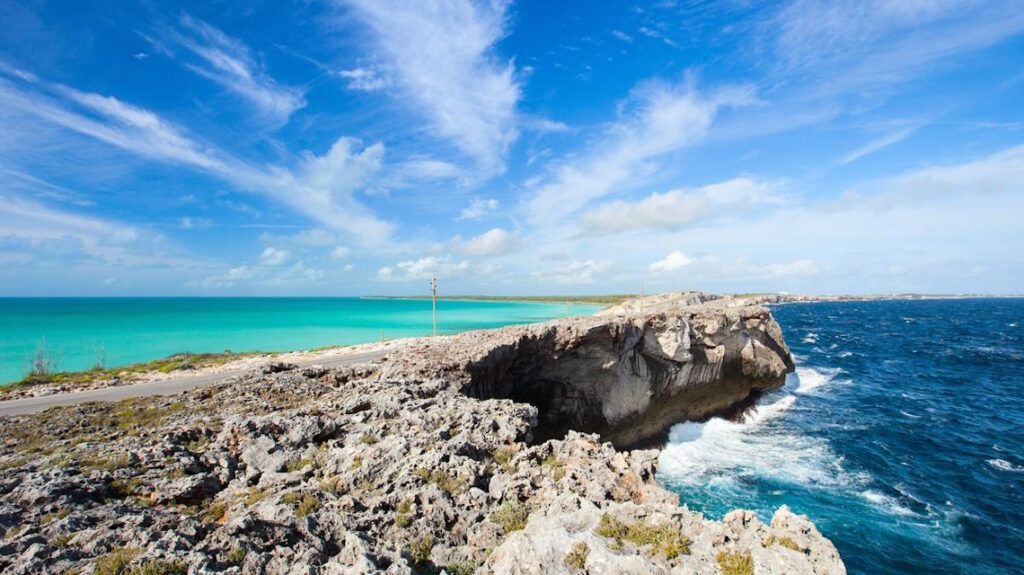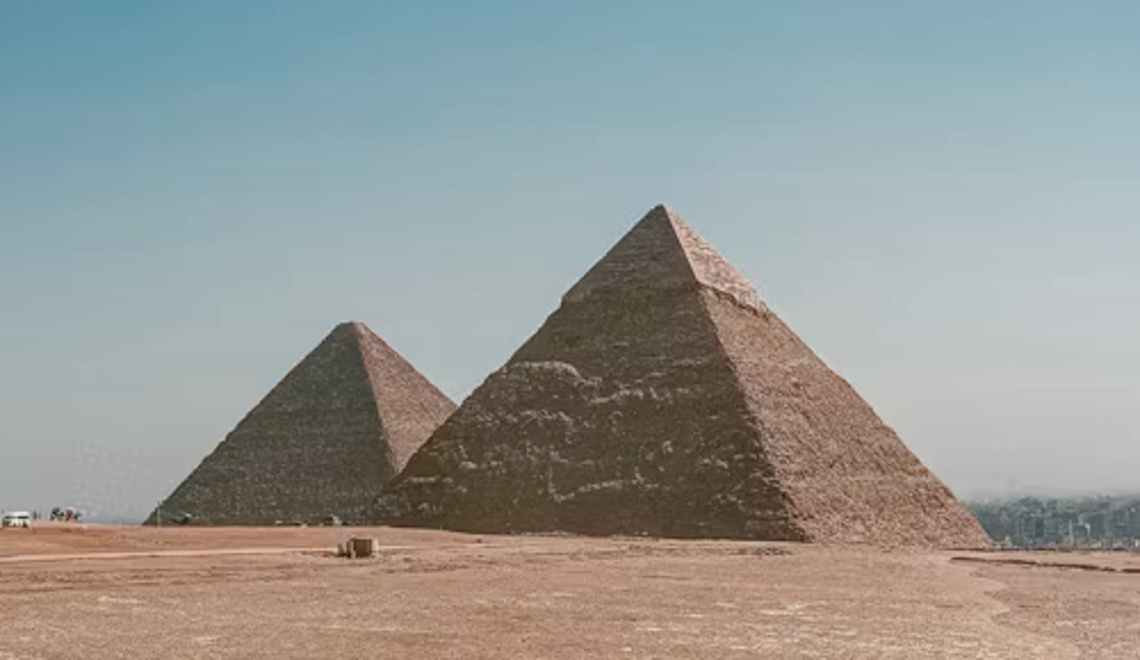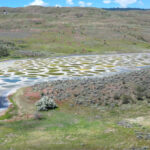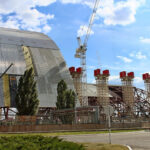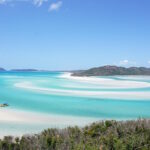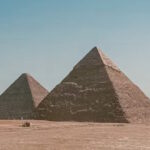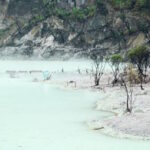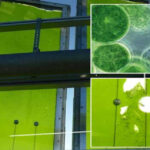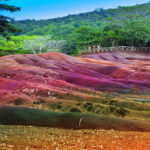Now Reading: The Whitsundays — Paradise in the Heart of the Great Barrier Reef
-
01
The Whitsundays — Paradise in the Heart of the Great Barrier Reef
The Whitsundays — Paradise in the Heart of the Great Barrier Reef
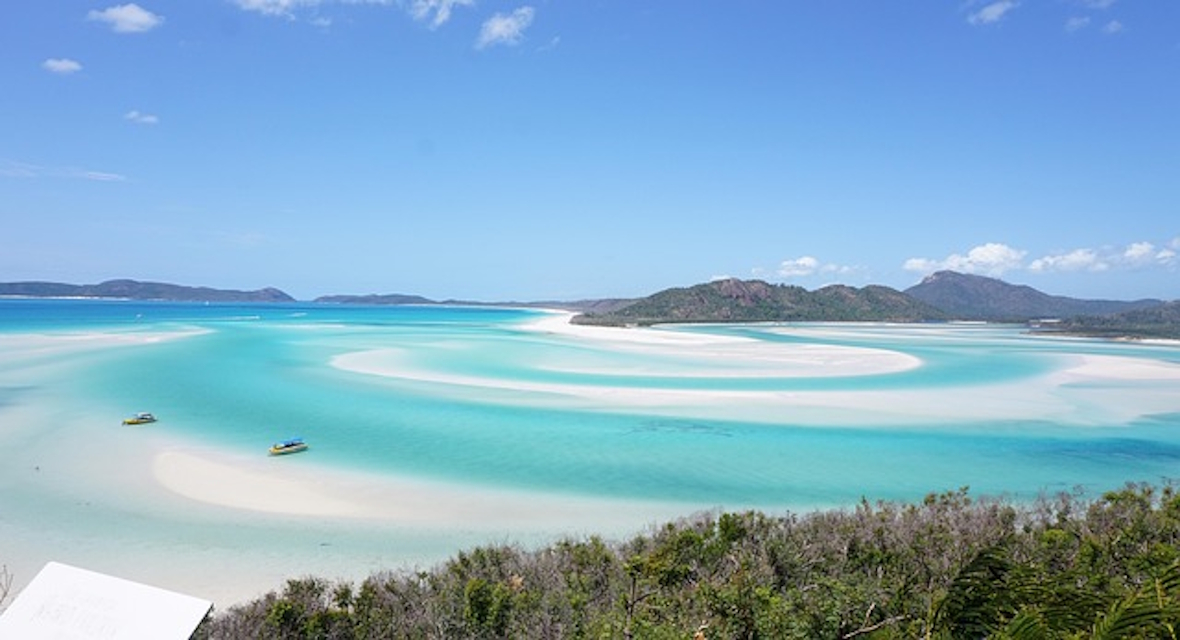
The Whitsunday Islands are far more than a tropical dreamscape of turquoise lagoons and white sands — they are a living system of geology, oceanography, and biology, constantly in motion and perpetually reshaping itself. Situated within the heart of the Great Barrier Reef Marine Park, this archipelago of 74 islands off Queensland’s coast is one of Earth’s most intricate natural laboratories — a place where volcanoes became mountains, mountains became islands, and islands became the foundation for one of the planet’s most diverse marine ecosystems.
Ancient Fire Beneath the Calm
Millions of years before yachts drifted across these calm bays, the Whitsundays were the jagged peaks of a volcanic chain formed over 100 million years ago. As molten magma welled up through the Earth’s crust, it cooled into layers of rhyolite and andesite, rocks that still form the bones of the islands today. With the end of the last Ice Age about 12,000 years ago, sea levels rose more than 100 meters, drowning valleys and leaving only the highest ridges above water.
Geologists who study these rocks uncover evidence of the Australian Plate’s slow drift northward, tracing the immense tectonic forces that split Gondwana apart. Every outcrop and cliff face tells of cataclysmic eruptions, shifting coastlines, and the deep-time patience of the planet itself.
The Water That Paints Itself
The sea around the Whitsundays seems almost alive in its constant transformation. The color of the water changes throughout the day, shifting from soft turquoise to deep sapphire and then to glowing jade beneath the setting sun. This effect is not mere illusion — it’s a delicate interplay of sunlight, depth, and suspended silica particles.
At the famed Hill Inlet near Whitehaven Beach, tides swirl fine silica sand through shallow lagoons, creating sweeping patterns that look like brushstrokes on an artist’s canvas. Scientists studying light refraction and sediment dynamics here describe it as a living optical phenomenon — the ocean literally painting itself anew with every tide. The movement of these silica particles also plays a role in keeping the water astonishingly clear, scattering light and creating the ethereal luminescence that defines the Whitsundays.
The Sand That Never Sleeps
The sand of Whitehaven Beach — 98.9% pure silica — is among the finest and whitest on Earth. Its grains are so smooth they squeak underfoot and stay cool even in the fierce tropical sun because silica does not retain heat. But what many visitors don’t realize is that this sand never stays still.
Driven by the tidal forces of the Coral Sea, it continually shifts, flowing like liquid silk between coves and channels. Satellite imagery shows the sandbanks moving subtly from year to year — a geological dance shaped by wind, tide, and current. For coastal geomorphologists, Whitehaven Beach is a natural model of sediment transport and dynamic equilibrium, where nature’s design keeps the beach perpetually perfect yet never exactly the same.
A Living Laboratory Beneath the Surface
Beneath this luminous water lies an ecosystem of staggering diversity. Coral reefs flourish around the islands, forming part of the Great Barrier Reef’s central structure, a living organism so vast it can be seen from space. Marine scientists use the Whitsundays as a control zone for reef research, studying how corals respond to warming seas and ocean acidification.
Sensors anchored to the seabed continuously record pH, oxygen levels, and temperature variations, while underwater drones map coral growth in three dimensions. Genetic studies are revealing which coral species possess traits for heat tolerance or rapid regeneration, critical data for future reef restoration efforts.
Coral Spawning — Fireworks Beneath the Waves
Once a year, usually in late spring after the full moon, the calm waters around the Whitsundays erupt in one of nature’s most astonishing events — mass coral spawning. For a few nights, millions of coral colonies release tiny bundles of eggs and sperm simultaneously, turning the sea into a shimmering galaxy of drifting pink and gold.
Underwater lights and bioluminescent plankton make the ocean glow, creating the illusion of fireworks beneath the surface. For scientists, this is a vital moment — the reefs’ way of reproduction and renewal. Divers and marine biologists record the timing, density, and dispersal of the spawn to track the health and reproductive cycles of the reef. Each year’s event helps gauge how environmental stress affects coral fertility, resilience, and genetic diversity.
The Hidden Engineers of the Reef
Beneath the colorful coral forests lies a subtler world — vast seagrass meadows stretching across the lagoons and bays. These ecosystems are the foundation of the region’s marine food web, feeding green sea turtles, dugongs, and juvenile fish.
Marine botanists studying these meadows have discovered that they act as enormous carbon sinks, capturing and storing up to 35 times more carbon per hectare than tropical rainforests. The Whitsundays’ seagrass beds therefore play a key role in global carbon regulation, helping buffer the effects of climate change. Each blade of seagrass filters sediment, oxygenates the water, and locks carbon in the seabed — a quiet but powerful act of planetary maintenance.
Forests in Isolation and Evolution in Miniature
Above the tide line, the islands host fragments of rainforest and coastal woodland — relics of ecosystems that once covered much of eastern Queensland. Because these forests are separated by channels of seawater, they provide scientists with a rare opportunity to observe island biogeography in action.
Botanists and ecologists have found species of ferns, orchids, and salt-tolerant shrubs that have evolved unique genetic traits due to long-term isolation. These micro-ecosystems mirror the principles first observed by Charles Darwin in the Galápagos — the isolation effect, where evolution proceeds independently, shaped by the pressures of geography and climate.
A Symphony of Technology and Nature
Modern exploration of the Whitsundays extends from the ocean floor to outer space. NASA and CSIRO satellites scan the reefs using hyperspectral imaging, detecting subtle changes in coral pigmentation that may indicate early signs of stress or bleaching. Meanwhile, autonomous underwater vehicles glide silently through coral canyons, recording high-resolution images and chemical readings.
These technologies have transformed the Whitsundays into one of the most data-rich marine environments on Earth. Scientists now link sediment plumes from mainland rivers to coral stress events, track plankton blooms in real time, and even model future bleaching risks based on predictive AI systems. It’s a blend of ancient landscape and twenty-first-century exploration — where satellites and corals tell a shared story about the health of the planet.
Migration, Memory, and Marine Highways
On moonlit nights, green and hawksbill turtles crawl ashore on the Whitsunday beaches to nest, as their ancestors have done for tens of thousands of years. Each hatchling that survives carries an instinctive magnetic map of the sea, guiding it through thousands of kilometers of ocean before returning to the same beach decades later.
Scientists tracking these migrations with satellite tags have discovered interconnected routes stretching from the Great Barrier Reef to the Coral Triangle of Southeast Asia. These insights have led to the creation of transnational marine corridors, protecting migration routes vital to the species’ survival.
The Pulse of a Changing Planet
The Whitsundays have become a barometer for climate change, where shifts in ocean temperature, acidity, and salinity can be measured with remarkable precision. Long-term monitoring programs show that reefs with high biodiversity — and a balance of coral, algae, and grazing fish — recover faster from bleaching events. This demonstrates a key ecological principle: resilience lies in diversity.
Each storm, tide, and coral spawn adds a new layer to this living chronicle. The islands reflect not only nature’s beauty but also its capacity to adapt and endure — a message that resonates far beyond Australia’s shores.











